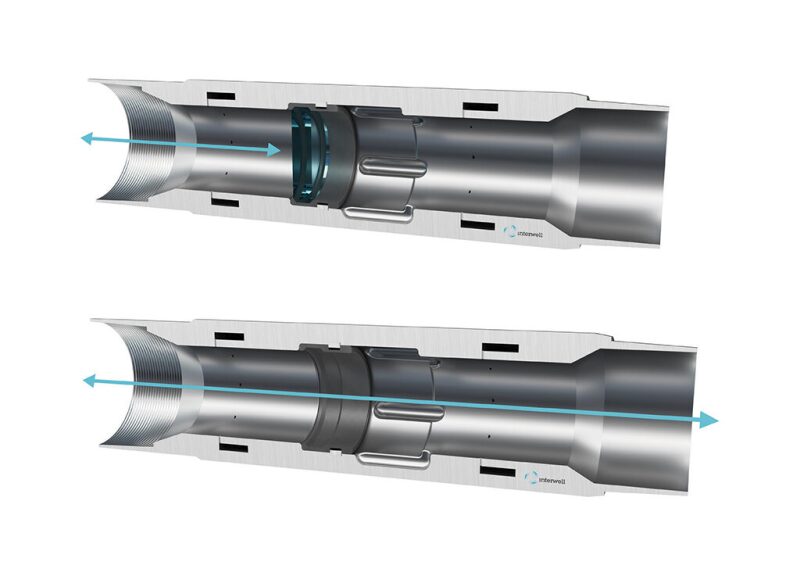As part of an improvement program focused on increasing standardization and efficiency on subsea well operations on the Norwegian continental shelf, the operator aimed to standardize future subsea wells using vertical trees (VXT) instead of horizontal trees. This would enable batch completion of several wells with a rig, followed by XT installation with an installation, maintenance, and repair (IMR) vessel, eliminating the need for a rig or lightweight intervention (LWI) vessel. The complete paper describes the development and implementation of a glass-plug solution that closed the technical gaps that had previously inhibited fully intervention-free operation for completion installation.
Background and Field Information
Trestakk is an oil and gas field in the Norwegian Sea in Block 6406/3. The field lies in 300 m of water approximately 27 km southeast of Åsgard A. Trestakk was discovered in 1986 and the plan for development and operation was approved in 2017. Equinor operates the field with 59.1% ownership interest, with Vår Energi owning the remaining 40.9%.
The field development covers a subsea template with four well slots and one satellite well. A total of five wells will be drilled—three for production and two for gas injection.


